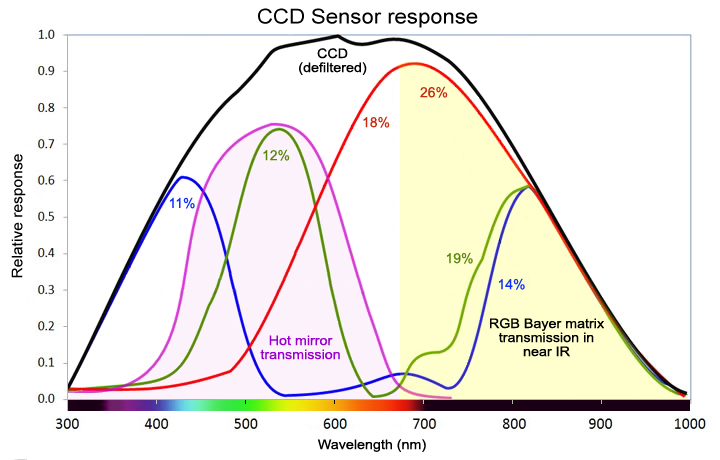- Joined
- Mar 24, 2016
- Messages
- 321
- Points
- 0
Does anyone know the difference between a 808nm a 980nm and a 1064nm dpss? What one has better divergence? Does anyone know what one of these could burn from a further distance?

Follow along with the video below to see how to install our site as a web app on your home screen.
Note: This feature may not be available in some browsers.



Hey redcowboy why do you suggest the g2 with the bdr209?
I'm pretty sure 980nm is usually better than 808nm, but a good collimated 1064nm DPSS will beat most diode lasers in divergence.
Needless to say, you're going to need very good safety goggles and a way to see the spot for adjustment on any of them.
Please edit your posts Yoshi rather than doublingThanks

Dang so 1064nm won't even show up on camera? I kinda want that being you say it will burn from a longer distance but how the heck would you know what it's doing if camera Dosent even pick it up? Can 980nm show up on camera?
Remove the IR filter, and you might see 1064nm depending upon your chip/lenses. CCD/CMOS sensors tend to get pretty close to 1064nm in sensitivity, so it's really just a matter of getting the filter out of the right camera.
You're might need to remove the filter for 980nm, but it should definitely be visible to most any camera. TV remotes are usually around 940nm as a filter test, but transmission really drops off in most filters right after.
Using an IR detector card like diachi linked will help to adjust the laser.
One of the smartphone thermal cameras may also work with 1064nm, but I'm not 100% sure.
I don't think you'll like 980nm with what you've said so far though. Divergence isn't as bad as 808nm, but it's still not great at all without unconventional optics, and the wavelength isn't well-absorbed for burning.


